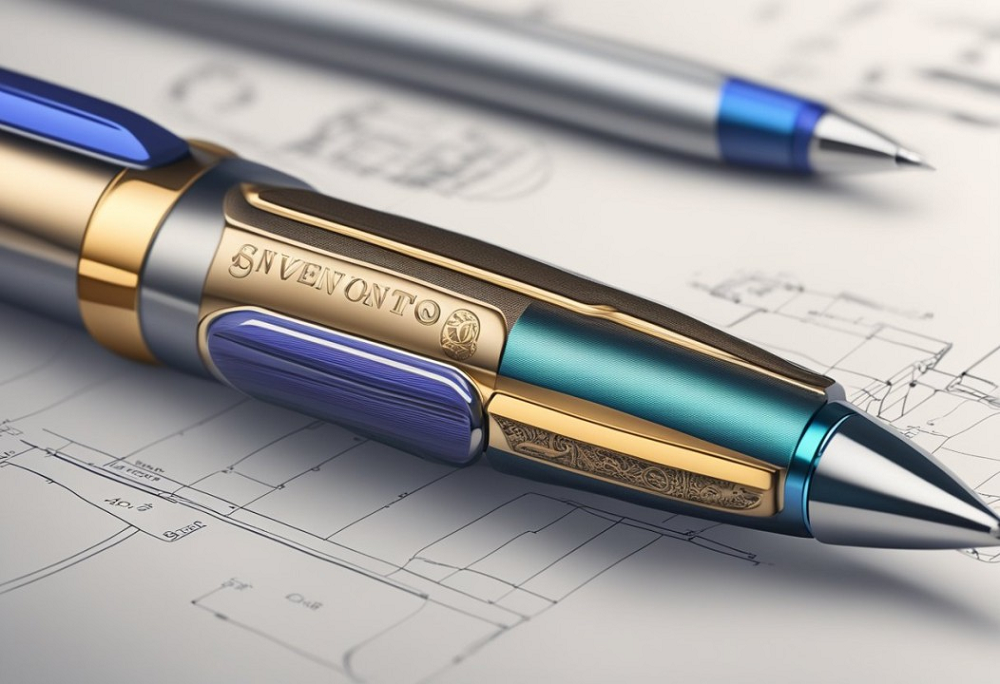The ball pen, a ubiquitous writing instrument, has revolutionized the way we write. Its journey from inception to modern times is marked by significant technological advancements and design improvements. This comprehensive guide explores the history of ball pens, highlighting major milestones and the evolution of pen technology.
Early History of Writing Instruments
Before the invention of ball pens, various writing instruments were used throughout history. Early humans used sharpened stones and sticks to inscribe symbols on cave walls. The Egyptians developed reed pens around 3000 BC, and the Romans improved upon these with metal styluses. Quills, made from bird feathers, became popular in the Middle Ages, and fountain pens emerged in the 19th century. Each of these innovations aimed to improve the ease and efficiency of writing.
The Inception of Ball Pens
The ball pen, as we know it today, was invented by Hungarian journalist László Bíró in the early 20th century. Frustrated with the smudging and inefficiency of fountain pens, Bíró sought to create a pen that used quick-drying ink and a ball-bearing mechanism. In 1938, he patented his design, which featured a tiny ball at the tip that rotated as the pen moved, dispensing ink smoothly and evenly.
Technological Advancements and Design Improvements
- Initial Challenges and Solutions
The early ball pens faced issues such as ink leakage and inconsistent ink flow. Bíró, along with his brother György, who was a chemist, developed a viscous ink that addressed these problems. This innovation led to the commercial success of the ball pen.
- World War II and Mass Production
During World War II, the ball pen gained significant attention from the British and American armed forces. Its reliability and portability made it a valuable tool for soldiers. In 1945, the Biro brothers sold their patent to Marcel Bich, a French manufacturer, who launched the Bic Cristal in 1950. The Bic Cristal became the world’s most popular ball pen due to its affordability and reliability.
- Materials and Manufacturing Processes
Over the years, the materials used in ball pens have evolved. Early models used brass and steel for the ball bearings, while modern pens often use tungsten carbide, which is more durable and resistant to wear. The manufacturing processes have also become more sophisticated, allowing for mass production of high-quality ball pens at low costs.
Modern Ball Pen Innovations
- Gel and Rollerball Pens
The development of gel and rollerball pens in the late 20th century marked a significant advancement in pen technology. These pens use water-based or gel-based inks that offer a smoother writing experience and more vibrant colors compared to traditional oil-based inks.
- Ergonomic Designs
Modern ball pens are designed with ergonomics in mind. Features such as rubber grips, contoured shapes, and balanced weight distribution enhance comfort and reduce hand fatigue during prolonged writing sessions.
- Eco-Friendly Options
As environmental awareness has grown, manufacturers have introduced eco-friendly ball pens made from recycled materials and refillable ink cartridges. These sustainable options aim to reduce plastic waste and promote responsible consumption.
Impact on Society and Culture
The ball pen has had a profound impact on society and culture. It has democratized writing by making it accessible to people of all socioeconomic backgrounds. From students and professionals to artists and writers, the ball pen has become an essential tool for communication and creativity. Its affordability and ease of use have made it a staple in homes, schools, and offices worldwide.
Conclusion
The evolution of ball pens from their inception to modern times is a testament to human ingenuity and the relentless pursuit of innovation. From overcoming early challenges to embracing new materials and designs, the ball pen has continually adapted to meet the needs of its users. As technology advances, the future of ball pens promises even more exciting developments, ensuring that this timeless writing instrument remains relevant for generations to come.






